Today, high-resolution screens are everywhere—from the TV in your living room to the digital billboards on the highway. One technology that’s taken centre stage in the world of high-resolution displays is the HD LED Display.
These screens provide bright, crisp, and vivid imagery, making them the first choice for both home and business uses. Whether you’re binge-watching your favourite show or running an ad campaign, HD LED displays provide the best viewing experience.
Keep reading to learn more extensive details about popular HD LED Display screens.
What is LED?
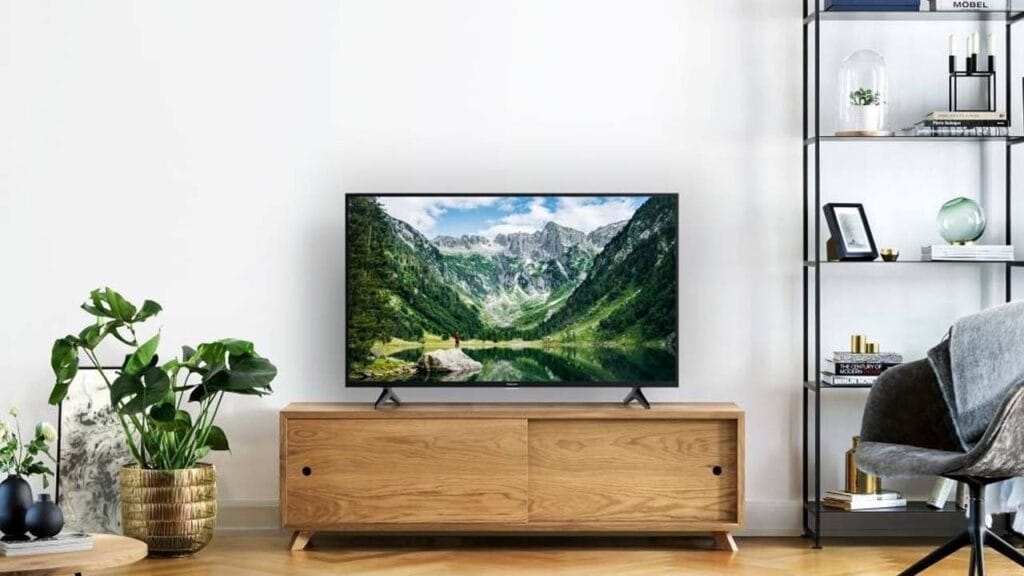
Light-emitting diode, more famously known as LED, is a small device that lights up when electricity passes through it. Unlike traditional bulbs that contain filaments (which can burn out), LEDs use a semiconductor to produce light. This not only makes them last much longer but also makes them more energy-efficient.
You’ve probably seen LEDs in everyday things like traffic lights, car headlights, or even the screen on your smartphone. They’re known for being bright, reliable, and super durable.
What are HD LED Display TV screens?
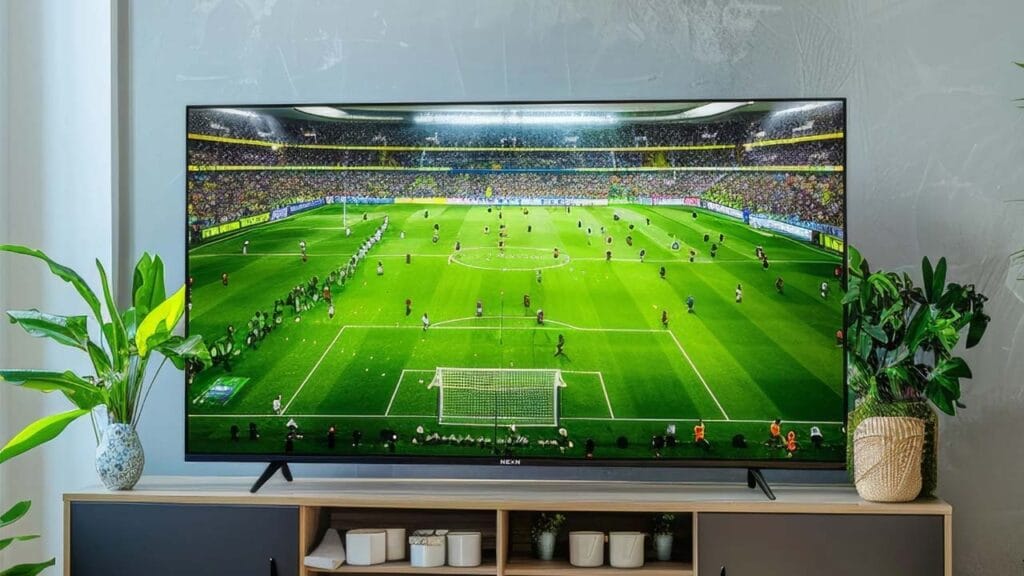
HD LED Display TV screens are a type of television screen that uses LED technology to produce high-definition images. “High-definition” means the screen has a high resolution, showing more details and sharper images, making your favourite TV programs clearer and more lifelike.
HD LED displays are popular for home entertainment, businesses, and outdoor signage. They offer better contrast, and vibrant visuals, and are thinner and more energy-efficient.
Major Concepts of HD LED Display
To appreciate HD LED displays, it helps to understand some key concepts that make these screens stand out. Let’s dive into the technology behind these displays and see what makes them so unique.
LED Display Technology
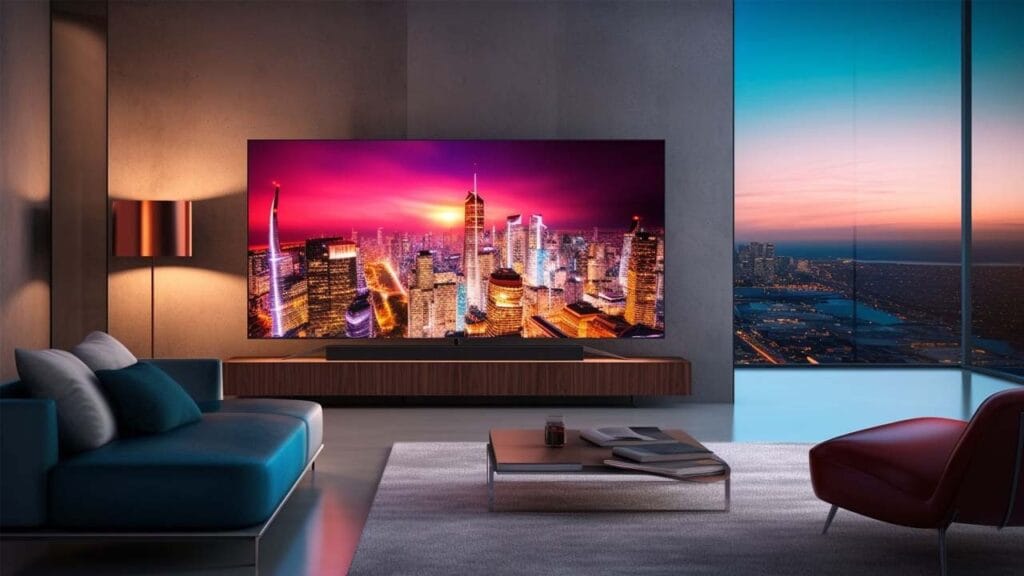
One of the major concepts of HD LED Display is its LED display technology. This technology uses LEDs to create the very images you see on the screen. In an HD LED display, thousands or sometimes even millions of tiny LEDs work together to form the picture.
Thanks to this technology, HD LED displays can produce bright, clear images even in outdoor environments or bright rooms. Plus, they’re more energy-efficient compared to older technologies, meaning they use less power while still delivering top-notch image quality.
LED Screen Resolution
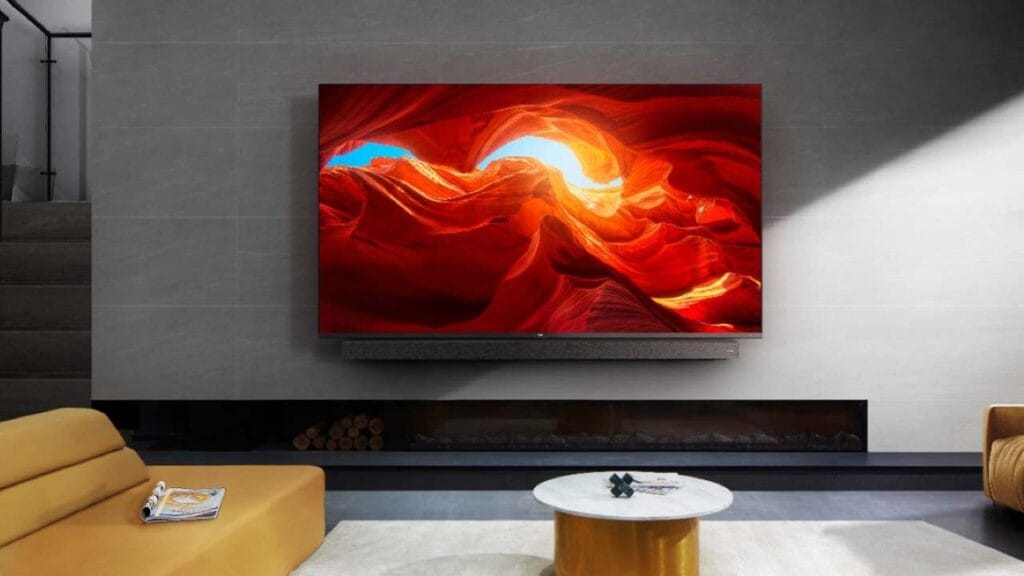
The term “LED screen resolution” refers to the number of pixels that make up the image on the screen. The more pixels a screen has, the sharper and clearer the image will be.
HD LED displays have a higher number of pixels, which is why they’re called “high-definition”. This high-resolution property in LEDs makes everything look more detailed, no matter your screen size or the content
Advanced LED Display Features
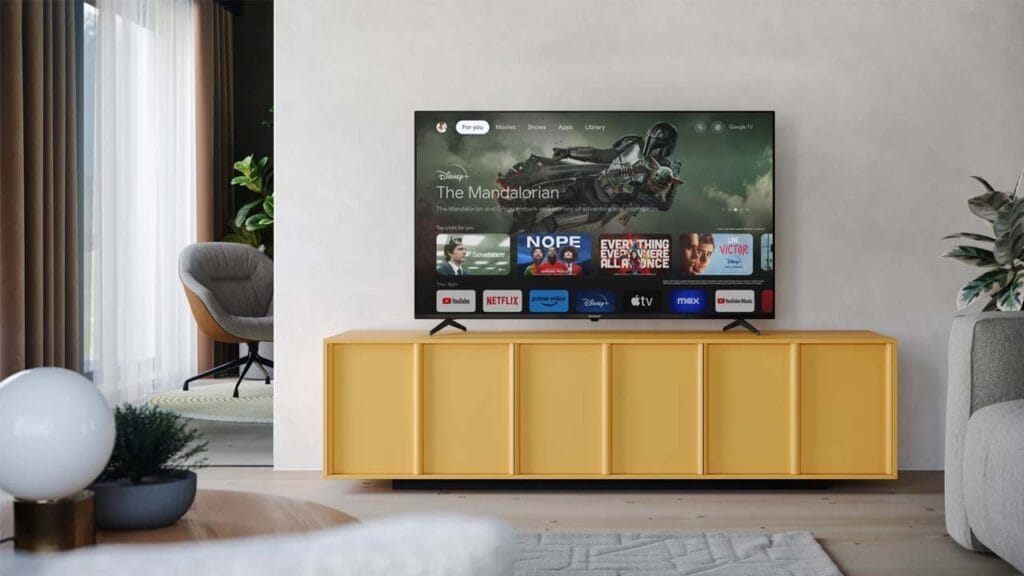
HD LED displays come packed with advanced features that enhance your viewing experience. Many displays have a feature called local dimming, which means different parts of the screen can adjust their brightness independently.
This helps make the black on your screen deeper and the colours more vibrant. Another great feature of these LEDs is the wide viewing angle, ensuring a good picture from anywhere in the room.
Differences of Full HD, 2K, 4K, And 8K LED Displays.
When picking out an HD LED display, you’ll come across terms like Full HD, 2K, 4K, and 8K. These basically refer to different levels of screen resolution. Let’s explore what each term means to help you differentiate them and find the best option for you.
- Full HD has a resolution of 1920 x 1080 pixels, offering clear and detailed images. It’s what most people think of as standard “HD” and is great for most everyday uses.
- 2K is a step up with slightly more pixels (2048 x 1080). It offers a bit more detail, especially in certain formats used in movies.
- 4K offers a significant boost in detail with 3840 x 2160 pixels. This resolution is great for larger screens or when you want to see every little detail in your content.
- 8K takes it to the next level with 7680 x 4320 pixels, providing incredibly sharp and detailed images. However, it’s mostly found in high-end products and is still making its way into the average home.
Benefits of HD LED Display
Now that we’ve covered the technological features, let’s look at some of the benefits of these HD LED displays. These advantages make HD LED displays a smart choice for home, business, or outdoor advertising applications.
Energy-efficient LED Displays
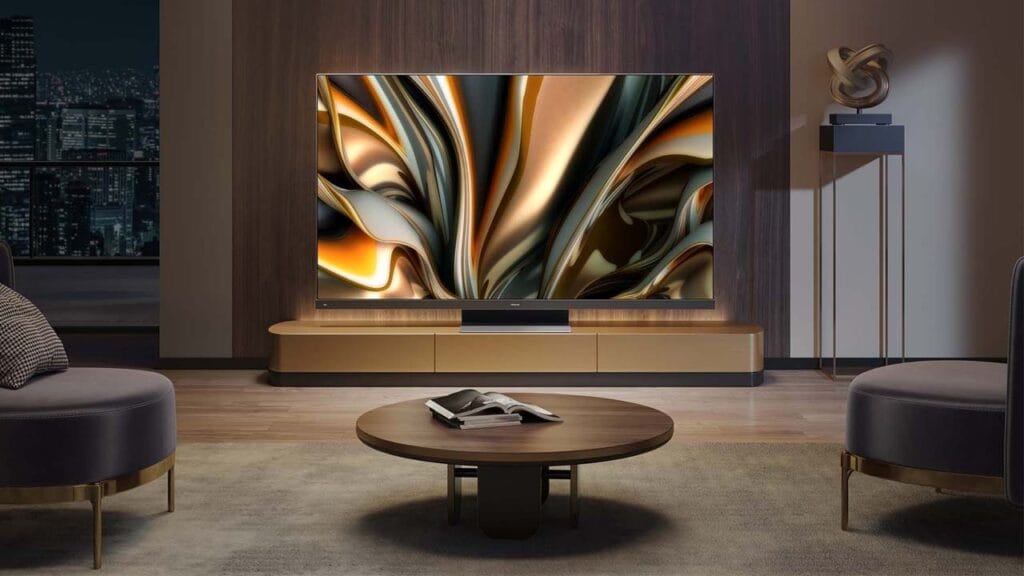
Firstly, one of the standout benefits of HD LED displays is their energy efficiency. Because LEDs use less power to produce bright and vibrant images, these screens can help you save on electricity bills.
Plus, they’re more environmentally friendly since they don’t require as much energy, as older technologies do, to operate.
Ultra-Thin LED Display Design
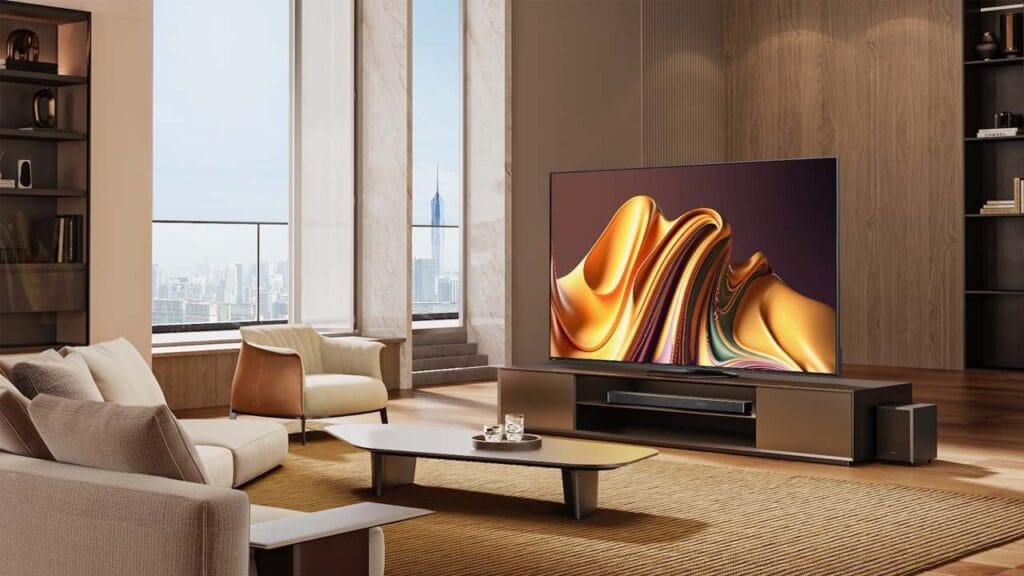
Secondly, another advantage of HD LED displays is their ultra-thin designs. Ultra-thin design gives your space an upgrade as well as entertainment. Whether you’re mounting it on a wall or in an office, the thin design makes installation and movement easy.
Versatile LED Display Applications
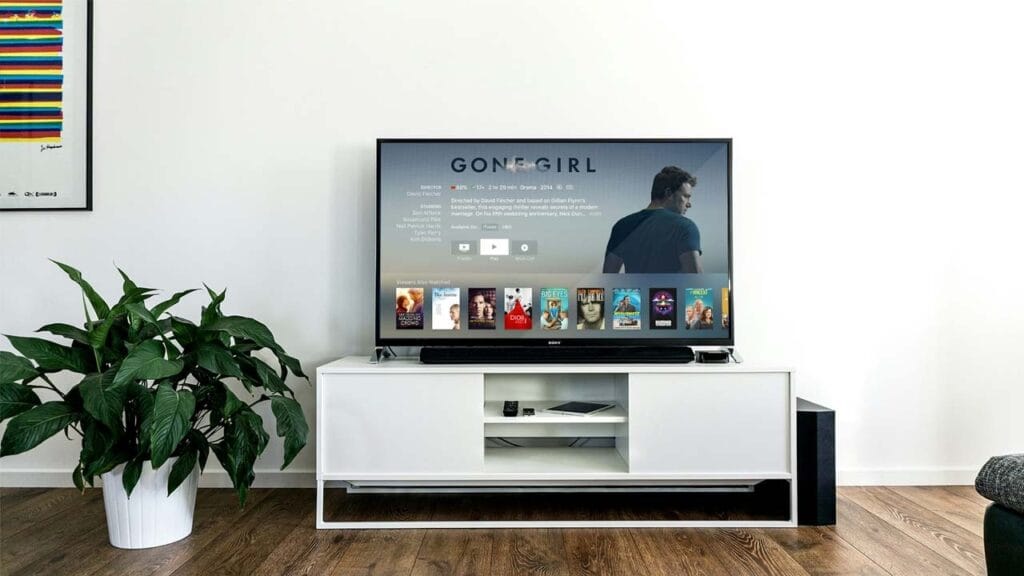
Thirdly, HD LED displays are incredibly versatile and can be used in a wide range of settings. You’ll see them in homes, as well as in places like outdoor HD LED signage, digital billboards, airports, and stadiums. Their bright, clear images grab everyone’s attention, no matter where they’re placed.
Clear and Detailed Images
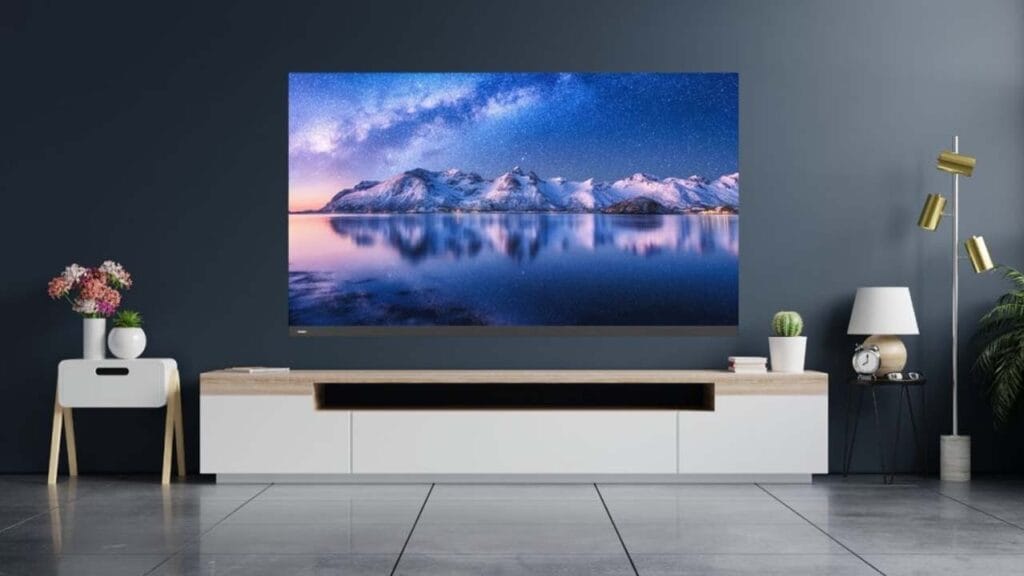
Fourthly, thanks to the high-definition quality, HD LED displays offer clear, detailed images that enhance whatever you’re watching. Whether it’s a movie, a video game, or an advertisement, the sharpness and clarity stand out in every way.
LED Display Installation Tips
Finally, when it comes to setting up your new HD LED display, the process is straightforward for its lightweight, slim design. HD LED displays are all about making home entertainment easier and smarter.
You can mount an HD LED Screen on a wall, place it on a stand, or hang it from the ceiling—many options exist. Just remember to consider the viewing distance and screen size to ensure the best possible experience.
Popular High-Resolution LED Display in the UK
In the UK, some of the most popular high-resolution HD LED displays are the ones that deliver exceptional quality.
For instance, a 55-inch Toshiba offers a stunning 4K HDR experience, with Dolby Atmos sound and specially designed speakers. If you want a larger option, the Toshiba 65-inch 4K HDR Fire Smart TV with Dolby Atmos provides the same fantastic features, giving a more immersive viewing experience.
For a home theatre, a Hisense 75-inch Ultra HD display stands out, creating an ideal cinematic atmosphere. When selecting a display, think about your room size and how you want to enjoy your entertainment.
Conclusion
You’re well-versed with HD LEDs, remember that finding a good LED doesn’t have to cost an arm and a leg. Pay Weekly Flooring-TV offers the HD LED TVs mentioned with affordable payment plans, without interest or credit checks. Feel free to check out our bad credit TV finance plans to find your perfect TV.

